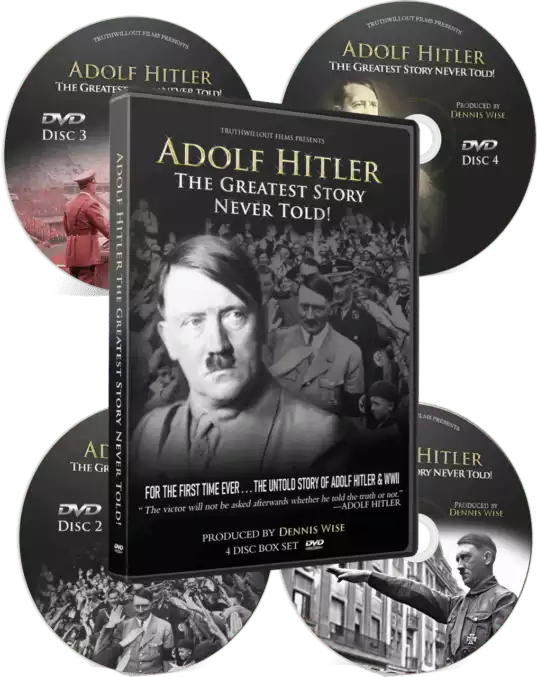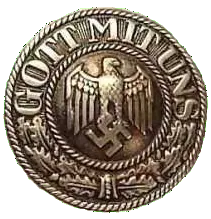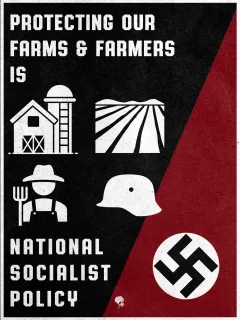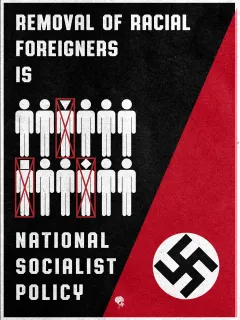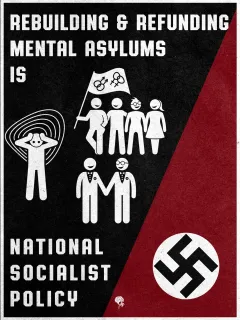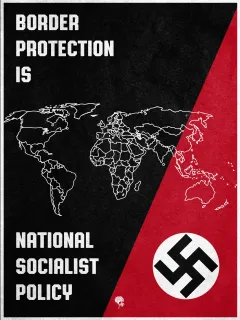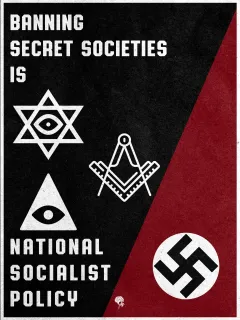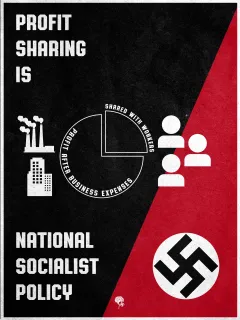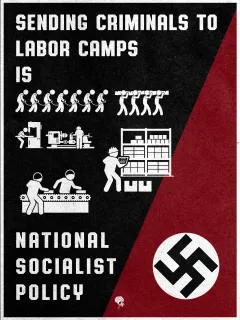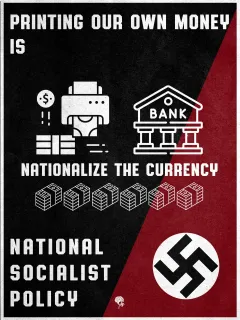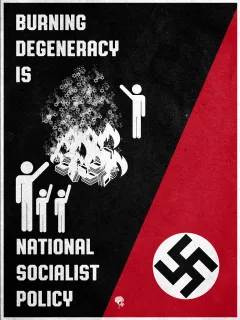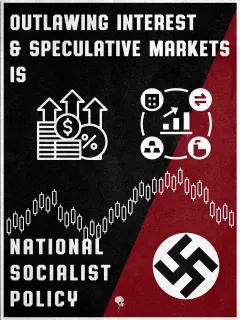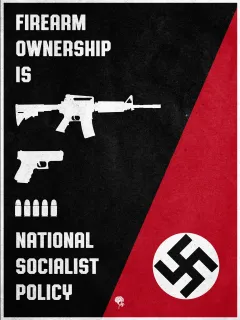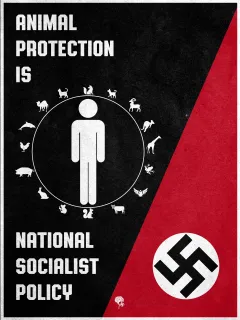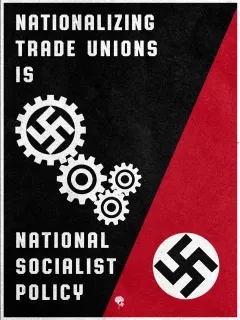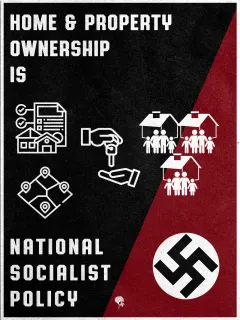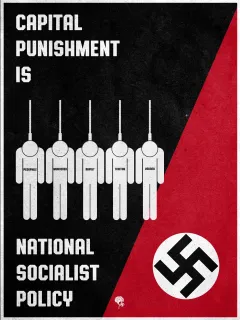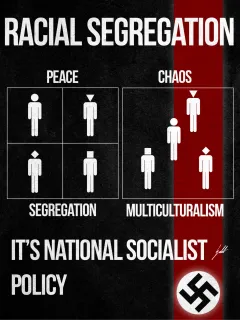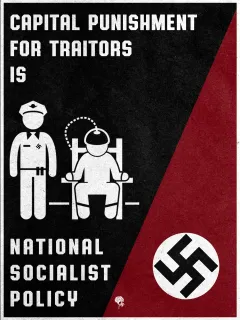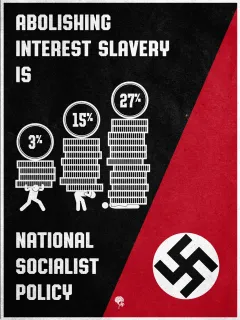Page 274
of superiority of numbers, however great, indifferent to wounds and bloodshed, inspired with the great idea of blazing a trail for the sacred mission of our movement.
As early as the summer of 1920 the organization of squads of men as hall guards for maintaining order at our meetings was gradually assuming definite shape. By the spring of 1921 this body of men were sectioned off into squads of one hundred, which in turn were sub-divided into smaller groups.
The urgency for this was apparent, as meanwhile the number of our meetings had steadily increased. We still frequently met in the Munich Hofbräuhaus but more frequently in the large meeting halls throughout the city itself. In the autumn and winter of 1920-1921 our meetings in the Bürgerbräu and Munich Kindlbräu had assumed vast proportions and it was always the same picture that presented itself; namely, meetings of the NSDAP (The German National Socialist Labour Party) were always crowded out so that the police were compelled to close and bar the doors long before proceedings commenced.
The organization of defence guards for keeping order at our meetings cleared up a very difficult question. Up till then the movement had possessed no party badge and no party flag. The lack of these tokens was not only a disadvantage at that time but would prove intolerable in the future. The disadvantages were chiefly that members of the party possessed no outward broken of membership which linked them together, and it was absolutely unthinkable that for the future they should remain without some token which would be a symbol of the movement and could be set against that of the International.
More than once in my youth the psychological importance of such a symbol had become clearly evident to me and from a sentimental point of view also it was advisable. In Berlin, after the War, I was present at a mass-demonstration of Marxists in front of the Royal Palace and in the Lustgarten. A sea of red flags, red armlets and red flowers was in itself sufficient to give that huge assembly of about 120,000 persons an outward appearance of strength. I was now able to feel and understand how easily the man in the street succumbs to the hypnotic magic of such a grandiose piece of theatrical presentation.
The bourgeoisie, which as a party neither possesses or stands for any Weltanschauung, had therefore not a single banner. Their party was composed of 'patriots' who went about in the colours of the Reich. If these colours were the symbol of a definite Weltanschauung then one could understand the rulers of the State regarding this flag as expressive of their own Weltanschauung, seeing that through their efforts the official Reich flag was expressive of their own Weltanschauung.
But in reality the position was otherwise.
The Reich was morticed together without the aid of the German bourgeoisie and the flag itself was born of the War and therefore merely a State flag possessing no importance in the sense of any particular ideological mission.
Only in one part of the German-speaking territory--in German-Austria--was there anything like a bourgeois party flag in evidence. Here a section of the national bourgeoisie selected the 1848 colours (black, red and gold) as their party flag and therewith created a symbol which, though of no importance from a weltanschauliche viewpoint, had, nevertheless, a revolutionary character from a national point of view. The most bitter opponents of this flag at that time, and this should not be forgotten to-day, were the Social Democrats and the Christian Socialists or clericals. They, in particular, were the ones who degraded and besmirched these colours in the same way as in 1918 they dragged black, white and red into the gutter. Of course, the black, red and gold of the German parties in the old Austria were the colours of the year 1848: that is to say, of a period likely to be regarded as somewhat visionary, but it was a period that had honest German souls as its representatives, although the Jews were lurking unseen as wire-pullers in the background. It was high treason and the shameful enslavement of the German territory that first of all made these colours so attractive to the Marxists of the Centre Party; so much so that to-day they revere them as their most cherished possession and


